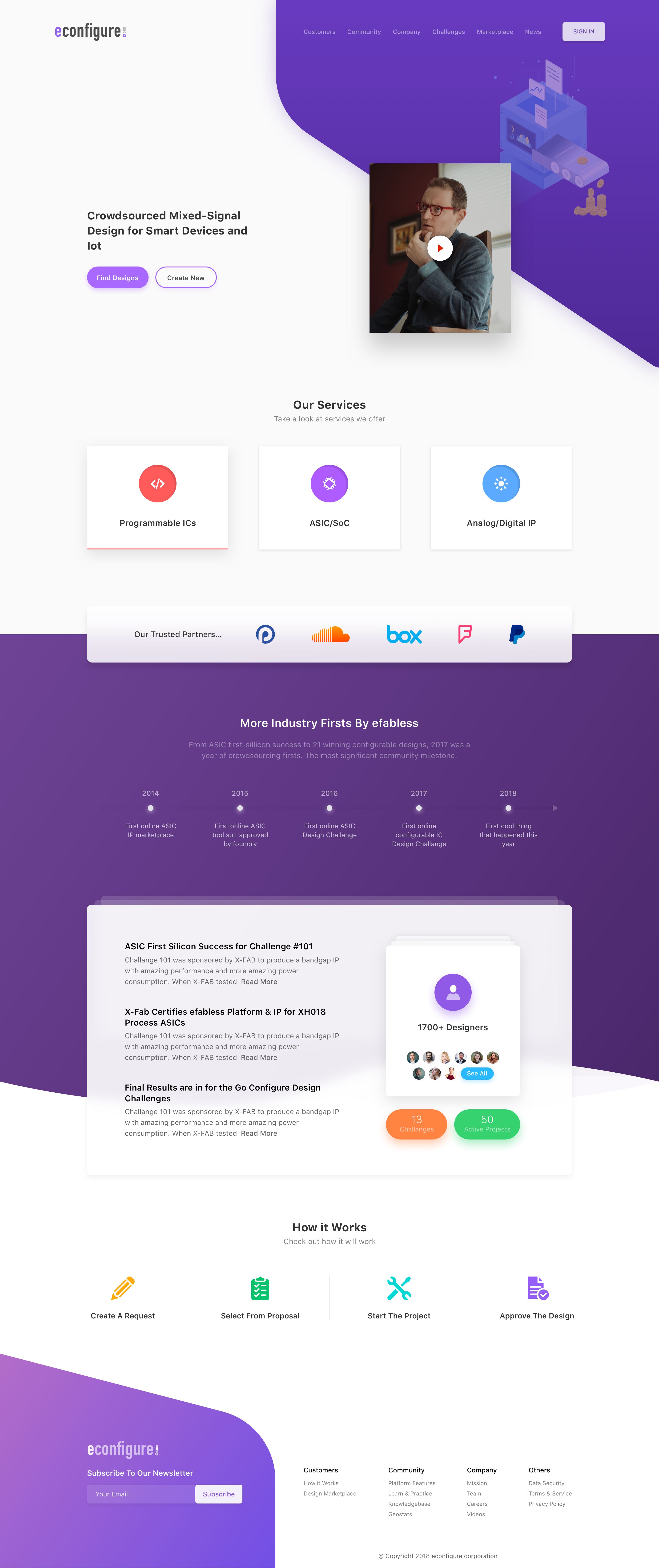Why Web Design is Crucial: Your Business's Virtual Initial Impact
In today's digital age, the initial impression a customer receives of your business frequently comes from your website. Web design holds a vital role in shaping that initial perception, as it not only reflects your brand's image but also influences how visitors interact with your content. A well-designed website can draw in prospective customers, captivate them effectively, and even turn them into devoted clients. On the other hand, a poorly designed site can drive users off in mere seconds, resulting in lost opportunities.
As competition grows fiercer online, the significance of web design should not be overstated. It is the cornerstone of your online presence and can determine the success of your business in the digital landscape. By investing in thoughtful and strategic web design, you can create an appealing atmosphere that promotes exploration, fosters communication, and establishes trust with your audience. This article explores why web design matters and how it can significantly impact your business's overall success.
The Significance of First Perceptions
In the virtual world, first impressions are formed in mere seconds. When a potential customer visits a website, they quickly evaluate its design, usability, and general attractiveness. A well-crafted website can engage visitors and encourage them to look around more, while a poorly designed one can lead to immediate withdrawal. This underscores the vital role that web design holds in shaping perceptions about a business.
The aesthetic of a website goes beyond aesthetics; it encompasses functionality and user experience. A good-looking site can foster trust and credibility, making visitors feel comfortable in their choice to communicate with the business. On the other hand, a disorganized or obsolete design may spark doubts about the professionalism and reliability of the company. Businesses should realize that their website is often the initial connection with prospective customers.
Investing in effective web design not only enhances the user experience but also reflects the brand's values and identity. A cohesive and intuitive design can help convey the business idea clearly and effectively. In a fierce market, guaranteeing that your website creates a good first impression is necessary for drawing in and retaining customers.
Main Components of Successful Web Design
Impactful web design begins with a user-friendly layout that prioritizes minimalism and convenience of navigation. Clients should be able to discover the content they require without confusion. A neat design with clear content allows users to interact quickly with what matters most. Incorporating direct calls to action helps guide visitors through their journey on your website, directing them toward desired actions, such as completing a purchase or enrolling in a newsletter.
Another important element is mobile-friendliness across all platforms. With an increasing number of individuals accessing websites using smartphones and iPads, a design must modify seamlessly to various device sizes. Responsive web design not only enhances user experience but also raises search engine rankings, enabling it easier for prospective customers to locate your company online. Ensuring fast loading speeds also plays a significant role in maintaining users and lowering exit rates.

In conclusion, imagery and identity significantly influence web design. High-quality photos, consistent color combinations, and well-chosen typography contribute to a integrated brand identity that resonates with your audience. An inviting visual layout can establish credibility and encourage trust. Incorporating rich media elements, such as multimedia and infographics, can also captivate visitors and motivate them to invest more duration on your website, thereby boosting customer actions. spintax
Improving User Experience
A carefully crafted website immediately affects user experience, and this influences how visitors perceive your company. An visually appealing layout alongside user-friendly navigation enables users to find information quickly and effortlessly. When users can readily interact with your site, they are more likely to linger, explore more pages, and ultimately utilize your offerings. This flawless user journey encourages positive interactions and can lead to greater conversions.
Mobile optimization is a vital aspect of improving user experience in the modern digital landscape. With an rising number of users accessing websites from mobile devices, ensuring that your site is mobile-friendly and works properly on all screen sizes is necessary. A mobile-friendly design not only enhances usability for visitors on the go, but it also positively impacts your visibility in search results. By focusing on a mobile-first approach, you can reach a wider audience and accommodate the preferences of your users.
Incorporating fast loading times is another vital element for improving user experience. A website that takes too long to load can annoy users and lead to increased bounce rates. Optimizing your design elements, utilizing compressed images, and leveraging efficient coding can significantly enhance your site's performance. By ensuring that your website is fast-loading, you create a favorable first impression and keep visitors engaged, making them more likely to return in the future.